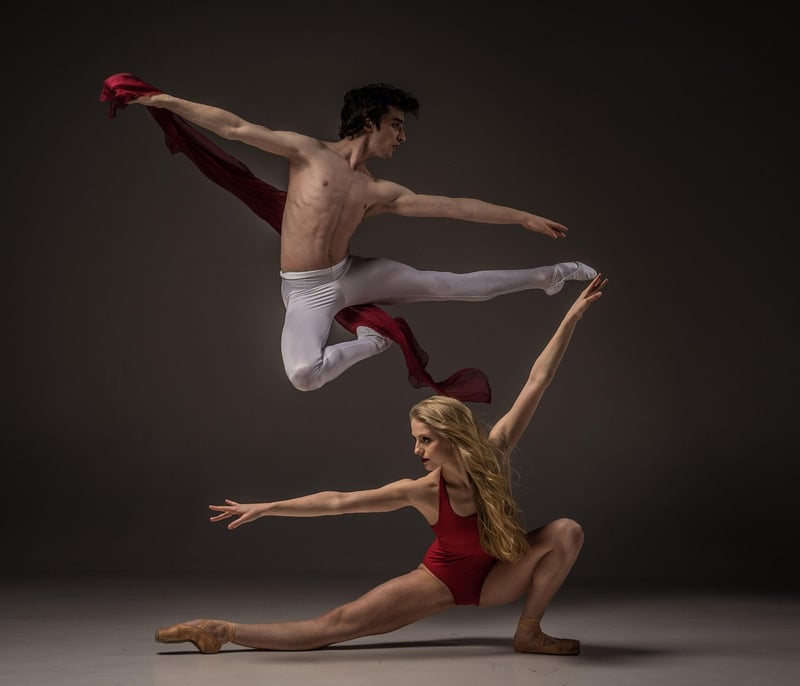Rhythmic Healing
The Healing Power of Dance: Enhancing Emotional and Physical Well-being
Dance is not just a form of movement; it is a powerful tool that can positively impact both our emotional and physical well-being. From traditional cultural dances to modern dance forms, the act of dancing has been used for centuries as a way to express emotions, release stress, and promote overall health.
The Emotional Benefits of Dance
Dancing allows individuals to connect with their emotions in a unique way. It provides a safe space for self-expression, allowing dancers to convey feelings that may be challenging to express verbally. Whether it's the joy of a lively salsa dance or the release of pent-up emotions through a contemporary routine, dance can be a cathartic experience that promotes emotional well-being.
Furthermore, dancing in a group setting can foster a sense of community and belonging, reducing feelings of loneliness and isolation. The camaraderie built through dance classes or group performances can boost self-esteem and create lasting social connections.
The Physical Benefits of Dance
In addition to its emotional benefits, dance is also a fantastic way to improve physical health. From increasing flexibility and strength to enhancing cardiovascular endurance, regular dancing can lead to a healthier body and mind.
Moreover, the rhythmic movements involved in dance can have a meditative effect, reducing stress and anxiety levels. The focus required to learn new dance steps or routines can also sharpen cognitive abilities and improve memory.
Rhythmic Healing: The Therapeutic Power of Dance
Rhythmic healing is a concept that harnesses the therapeutic power of dance to promote healing and well-being. Through rhythmic movements and music, individuals can experience a profound sense of relaxation and release.
Many dance forms, such as ballet, contemporary, or even freeform movement, can be used in rhythmic healing practices to address emotional wounds, trauma, or stress. Dance therapists often incorporate music, movement, and verbal processing to help individuals explore and process their emotions in a safe and supportive environment.
Conclusion
Whether you're looking to boost your mood, improve your physical fitness, or explore your emotions in a creative way, dance offers a holistic approach to well-being. By incorporating dance into your routine, you can experience the transformative power of movement and music on both your emotional and physical health.
So, put on your favorite music, move to the rhythm, and let dance be your partner in healing and self-discovery.


For more information on the benefits of dance for emotional and physical well-being, check out Harvard Health Publishing.
